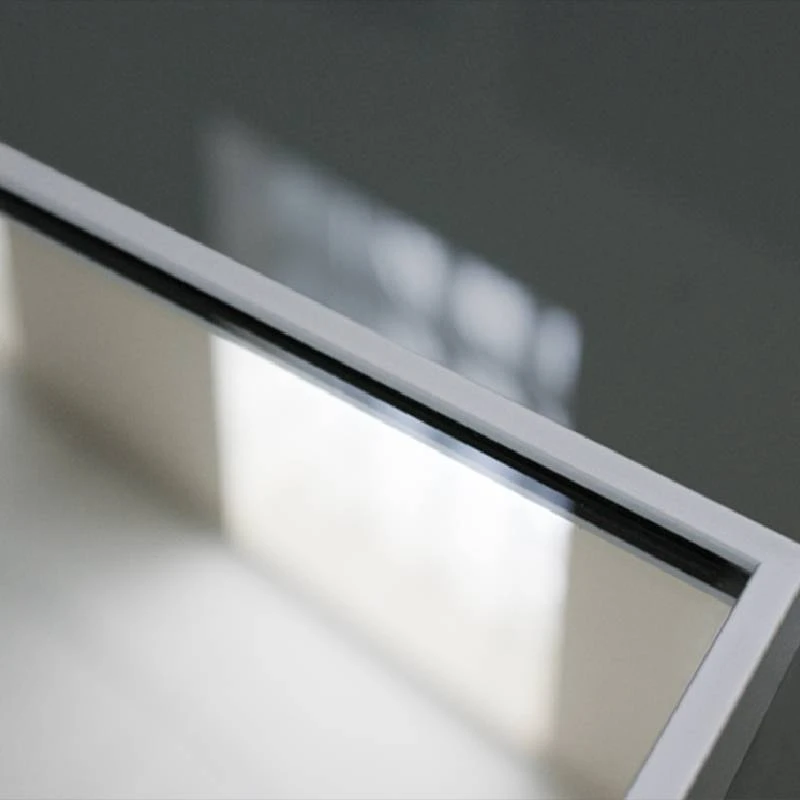

The Beauty and Craftsmanship of Decorative Glass Windows
Decorative glass windows have been a hallmark of architectural beauty for centuries, infusing spaces with vibrant colors, intricate designs, and a sense of history. These stunning works of art not only serve a functional purpose by letting in light but also transform everyday settings into captivating environments. From grand cathedrals to modern homes, decorative glass windows offer an enchanting way to celebrate craftsmanship and creative expression.
Historical Significance
The tradition of incorporating decorative glass into architecture dates back to ancient civilizations. The use of stained glass can be traced back to the Roman era, where glass was utilized in windows for its protective properties. However, it was during the medieval period that stained glass windows truly flourished, particularly within Gothic cathedrals. These majestic structures utilized large, elaborately designed windows to depict biblical stories, saints, and significant religious events, allowing both light and a narrative to flow into the sacred spaces.
Notably, the construction of glass windows became an artistic endeavor. Artists used colored glass, often painted and etched with detailed imagery, to convey messages and inspire awe in worshippers. The interplay of light and color through these windows created a divine atmosphere, making them a fundamental component of Gothic architecture.
Techniques and Materials
Crafting decorative glass windows is a meticulous process that requires a keen eye for detail and a mastery of various techniques. Traditional stained glass involves cutting pieces of colored glass and then joining them using lead came or copper foil. Each piece is painstakingly designed, and the colors can vary greatly, created using metal oxides during the glass-blowing process. Once assembled, the windows are often painted and fired to enhance their richness and durability.
In contemporary practice, artists have expanded their techniques to include fused glass, etched glass, and even painted glass, incorporating a broad range of styles and themes. The use of technology has also allowed for the integration of modern designs, where patterns can be computer-generated and printed onto the glass. This evolution has made decorative glass windows accessible for various architectural styles, from the traditional to the avant-garde.

The Role of Decorative Glass in Modern Architecture
In today’s architectural landscape, decorative glass windows continue to play a significant role in both residential and commercial properties. Their ability to merge aesthetics with functionality makes them a popular choice for interior designers and architects. Modern decorative glass windows can be found in schools, hospitals, corporate offices, and homes, bringing life and energy into otherwise bland environments.
One striking trend is the use of large, floor-to-ceiling glass panels that embody a sense of openness. These installations often employ intricate designs that create visual interest and can serve as stunning focal points in any room. Moreover, advancements in energy-efficient glass technology allow homeowners and builders to enjoy the beauty of decorative glass while benefiting from better insulation and reduced energy costs.
Cultural Reflections and Personal Expression
Decorative glass windows often reflect the cultural narratives and values of the societies from which they emerge. They can tell personal stories or honor historical events, making them a powerful form of expression. In some communities, local artists collaborate to create windows that celebrate regional heritage or pay tribute to influential figures.
For individuals, decorative glass windows can be a means of personal expression within their homes. Homeowners may commission custom designs that capture their interests, hobbies, or family history, turning their windows into unique masterpieces. This personal touch not only enhances the aesthetic of a living space but also imbues it with sentiment and meaning.
Conclusion
In conclusion, decorative glass windows are far more than mere functional elements of architecture; they are vibrant expressions of art, culture, and history. Their evolution from exquisite stained glass in cathedrals to contemporary designs in modern buildings showcases the timeless appeal of this craft. As long as there are artists willing to explore and innovate, decorative glass windows will continue to captivate and inspire, illuminating the world with their beauty. Whether in a historic church or a sleek urban loft, the interplay of light and color offered by these remarkable windows serves as a reminder of the enduring power of creativity.